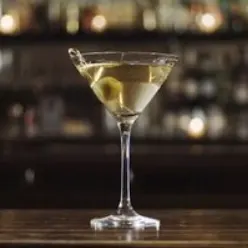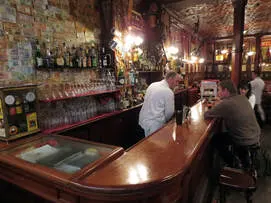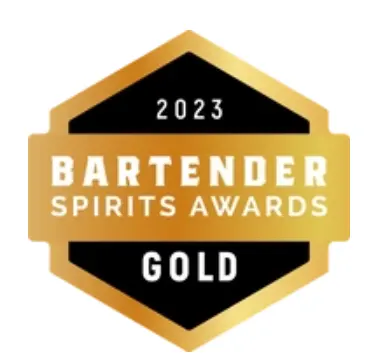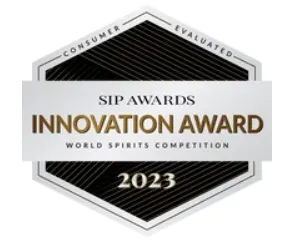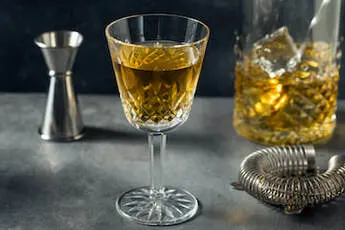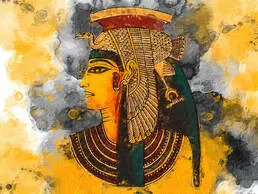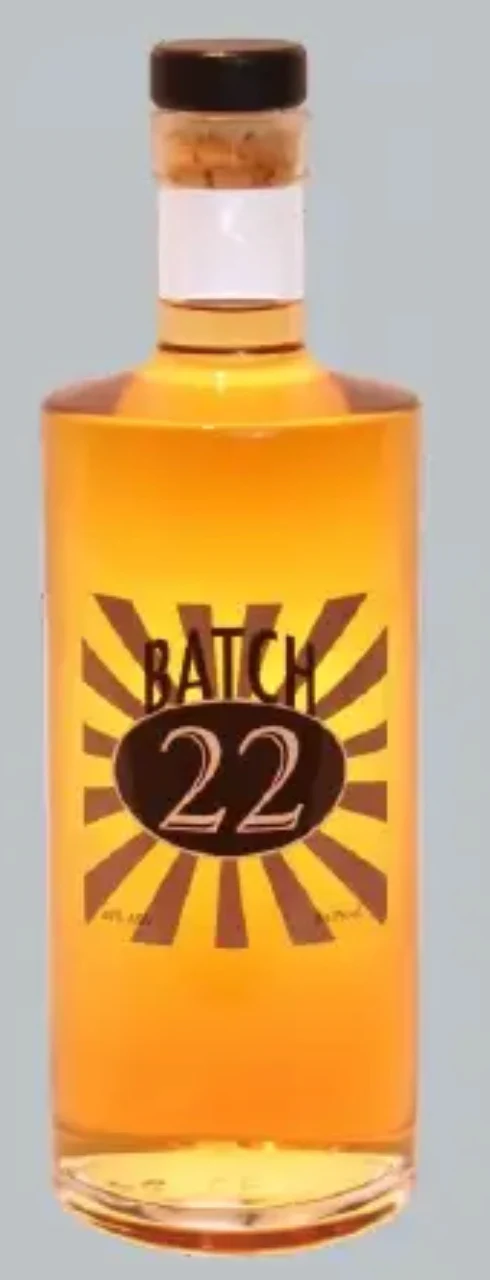So, here’s the great thing about the martini: It can be as simple or as complicated as you want it to be. Heck, for many people, a gin or vodka martini is a chilled glass with—well—gin or vodka in it. Maybe you drop a little vermouth in there. Or maybe an olive or a cocktail onion. Let’s face it, a cocktail can’t get much simpler than that.
Recently, all kinds of martini variations have become a hot trend in the cocktail world. There’s a Parmesan martini. There’s the ubiquitous Espresso Martini. There’s even a Parmesan-Espresso Martini! Martinis work with all kinds of fruits—tropical, citrus, or stone—and they can be sweet, savory, or spicy. No matter what kind of cocktail you like to drink, chances are there’s some variation of a martini that will work for you.
Here are five martini variations that will get you thinking about all the different directions you can go with your creative martini recipes. All of them substitute aquavit (Batch 22 New American Aquavit is best!) for some amount of gin or vodka. Two are simple variations on the classic (The Vesper Martini and the Dirty Martini), another is a sweet and citrus-forward sipper (The Lemondrop Martini), another is an earthy and herbal variation (The Sagetini), and the fifth is a crowd-pleasing, dessert-friendly riff on the popular Espresso Martini.
Vesper Martini
In the classic Bond movie, Casino Royale, 007 (Daniel Craig) introduced audiences to the now iconic Vesper Martini, named for love interest and double-agent, Vesper Lynd (Eva Green). The traditional version of this martini is notable for two reasons: It combines vodka and gin and substitutes Lillet for vermouth. In our version, we add another substitution: Batch for the vodka and rebalance with the gin.
Ingredients
- 1.5 ounces Batch 22 Classic Gold aquavit
- 1 ounce gin
- ⅓ Lillet Blanc or Cocchi Americano
Directions
- Combine all ingredients in a shaker filled with ice and shake vigorously for 15 seconds
- Strain into a chilled coupe or martini glass
- Garnish with a large, thin lemon peel.
Classic Dirty Batch Martini
If you’re a simple martini lover, this aquavit cocktail recipe is sure to satisfy. It works well with just the olive bitters, but also shines with the addition of olive brine (we love the Olive Twist olives and juice from Tillen Farms), so make it as dirty as you like! Lots of folks also like to split the vermouth differently between dry and sweet, according to their taste.
Ingredients
- 3 ounces Batch 22 Classic Gold aquavit
- .5 ounces dry vermouth
- .5 ounces sweet vermouth
- 2 dashes, olive bitters
- Olive brine to taste
Directions
- Shake all ingredients over ice
- Strain into a martini glass
- Garnish with olives or a cornichon

The Stockholm Lemondrop Martini
(Created by Starlite, San Diego, CA)
This special martini was created especially for Downtime Cocktails and debuted at our San Diego launch party in June of 2022. The talented bartenders at Starlite found just the right balance of aquavit flavor and lemon with this delicious and addictive cocktail.
Ingredients
- 2 ounces Batch 22 Classic Gold aquavit
- .75 ounce fresh-squeezed lemon juice
- .75 ounce simple syrup
- .5 ounce aquafaba (liquid from a can of chick peas)
Directions
- Combine all ingredients in a shaker with ice
- Shake and strain into a martini glass
- Garnish with a lemon peel twist
SageTini
This martini is the most ambitious in the group, but the results are well worth the extra effort. Start by infusing 22 grams of dried shiitakes in 300 ml of Batch 22. [Heat Batch to just below a simmer, add shiitakes, and turn off heat. Let stand for a minimum 1 hour.] You’ll wind up with a wonderfully complex and earthy aquavit that is both herbal and highly aromatic. Make a fresh sage simple syrup by dissolving 10 ounces agave (by weight) in 100ml of water with 1/3 cup chopped sage. Allow to cool.
To assemble the martini:
Muddle 2 strips of fresh lemon peel with 3-5 fresh sage leaves in a shaker. Then combine:
Ingredients
- 1.5 ounces Porcini Batch 22
- .25 ounce gin
- 1 ounce lemon juice (fresh)
- .5 ounce sage simple syrup
- .75 ounce aquafaba (liquid from a can of chick peas)
Directions
- Dry shake ingredients for 10 seconds
- Add ice to shaker and shake another 15 seconds
- Strain into a chilled coupe glass and garnish with sage leaves
Aquavit Espresso Martini
This variation of the super popular Espresso Martini substitutes aquavit for vodka. Scandinavians have known for a long time that aquavit and coffee marry beautifully together, in fact they often just add aquavit straight to their coffee.
Ingredients
- 2 ounces Batch 22 Classic Gold aquavit
- 1/2 ounce coffee liqueur (Kahlúa is best)
- 1 ounce espresso, freshly brewed (or cold brew concentrate)
- 1 tablespoon French vanilla ice cream (softened)
- Garnish: coffee beans
Directions
- Combine all ingredients in a shaker filled with ice and shake until well chilled
- Strain into a chilled cocktail glass
- Garnish with 3 coffee beans
What’s going to be your first martini creation?


